About a year ago, I traded my overflowing bookshelf for an Amazon Kindle.
After charging the tablet for the first time, I felt a pang of guilt. Digital seems dirty for a traditionalist, but only for about 17 seconds. It then becomes a marriage of convenience.
I’ve always loved the feel and smell of fresh books.
I could spend an entire afternoon in Waterstones pawing my germs across the Marketing section. I still do, but only in the name of Showrooming.
When it comes to making a purchase? I usually land on Amazon, combing for rarities and loading up my Kindle with enough material to completely zone out and forget about London’s Central Line.
I am not the only one.
Book sales are shifting from print to digital at a frightening rate.
In August 2012, Amazon revealed that for every 100 hardbacks and paperbacks sold through their site, customers were downloading 114 ebooks. That was just two years after the introduction of the Kindle. Where might the publishing industry be in 2015?
Online, is the answer you’re looking for.
The Rise of the Ebook
A few years ago, if you told people that you had an ebook for sale, you would notice their claws sharpening in a reflex motion.
Ebooks were associated with Clickbank sales letters and products of the lowest calibre. If you had a secret to sell, or a magic formula to peddle, it belonged in an ebook.
Most reputable authors did not touch the format for fear of cheapening their art, but us Internet Marketers? We loved it.
Here’s why:
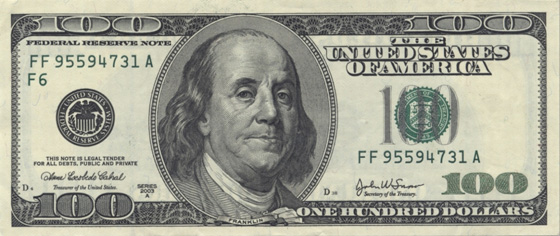
Yes, before selling ebooks became artistically acceptable (or even widely accessible), it was all about making money.
The arrival of the Kindle, paired with the boom in tablet sales, has seen a revolution in how we consume the written word; from newspapers to novels, from University textbooks to Nuts magazine (all 14 words of it).
The ebook is no longer a vehicle for novelty products. It is the only format that makes your writing available to all corners of the world in the click of a button. That is powerful. Selling digitally cuts so many costs that, inevitably, the print book will soon become a novelty.
Showrooming has become epidemic. The High Street can no longer cope with bastards like me flicking through the shelves with a camera in one hand, and a laptop in the other.
They say that the consumer is ‘always right’. While I will admit that he doesn’t have to be such an arse about it, there is good reason why we showroom and then buy online:
Better selection, cheaper prices, user feedback, and so on…
What does this mean for marketers and writers? It means that the publishing industry is now fair game for the little man. Once protected by agents and publishers, anybody who can slap their keyboards for long enough can now come away with a bestselling hit.
Just ask E. L. James.
Kindle for Writers… and Marketers
What is it that makes the Amazon Marketplace such a lucrative honeytrap for writers and marketers alike?
Well, firstly, it’s the built-in audience.
Even for the lucky few writers who score publishing deals, the biggest challenge has always been marketing their work. How do you get book sales when your prized masterpiece is hidden behind four crates of Fifty Shades in a dark, forgotten corner of the shop?
Selling on Amazon evens the playing field considerably. Not only can we optimise our work to leap ahead in the queue, but we can get that work in to the hands of millions of customers who would never usually find it.
If you are a writer sitting on an ‘almost’ finished manuscript, perhaps one that has been gathering dust since 1997, there has never been a better time to drag your work over the finishing line. Once you’ve uploaded your file to Amazon, it is available to buy within 12 hours. All around the world.
While writing is my passion, marketing is my day job. As a marketing platform, the Kindle represents a unique opportunity to grow an audience while funnelling traffic through to your website. One of the most interesting hooks of selling on Amazon is the opportunity to enrol your work in the KDP Select program.
By joining KDP Select, you can make any of your books freely available for a maximum period of 5 days out of 90. You might be wondering, “What is the purpose of giving away my hard work for free? I slaved balls to the walls for some sales!”
There are two main benefits:
Instant exposure – In my most recent trial run on a Non-Fiction Self-Help title, I made the book free for 2 days and it received over 1600 downloads. For an extremely niche title, this was more than I expected.
Free downloads affect the charts – Amazon doesn’t care whether your book was downloaded for free when it compiles the bestseller lists. Free copies means early momentum, and user reviews…
Once you get your books in to users’ hands, there’s also the chance of having the title appear in ‘Customers who liked this…‘ lists, which are invaluable for promotion if a user wouldn’t necessarily search out your title.
So, marketers, let’s say you have a website for a weight loss regime. You want to promote the course that goes with it, and you intend to use a mailing list to drive the sales.
Where do you start?
On one hand, you could invest a fortune in to paid advertising campaigns (the quickest and fastest way to gain traction, but usually the most expensive). Likewise, you could troll your own sanity by trying to crack Google for weight loss terms.
But what if you condensed some of the key points behind the course, repackaged it in to an ebook for the Kindle, and then gave it away for free on Amazon? You can use your ebook to deliver a cocktail of valuable tips, plus a subtle sales pitch for your further products.
Many titles are capable of scoring thousands of free downloads in their promotion days. This is music to the ears of a canny marketer. You don’t have to do anything to get your message out there. The audience devours it willingly.
While the money you make from Amazon on non-promotion days is unlikely to set your wallet on fire, it is a fantastic platform for getting your message in to the right hands.
Even once your 5 free promotion days are over (after 90 days, you receive 5 more), you can lowball the product at a measly $0.99 and attract an endless stream of spontaneous buys that would never have otherwise found your brand.
Note on royalties: Amazon uses a tiered royalty system. Ebooks priced below $2.99 earn a 35% royalty, while those priced over receive 70%. A book priced $0.99 will net you a $0.35 royalty, while a book priced $2.99 will get you $2.09.
How to Get Published on Amazon
It’s easy to get published on Amazon. The first step is to sign up on the Direct Publishing platform.
Once you’ve got an account, you are free to load your bookshelf with as many titles as you can muster from that abandoned folder marked ‘To Sort‘ on your desktop. (Speaking from experience here, but I’m sure many of you can relate…)
When you add a book to Amazon, you’ll be asked to provide the title, a description, the categories and some keywords to target.
The title – Self explanatory. Aim for clickbait with the name of your book. It needs to attract eyeballs. Check out this great resource from Copyblogger on how to create magnetic headlines. Much of the same logic applies.
The description – Your description is designed to read like a good blurb. It should draw readers in to what your book offers, without giving away the secret sauce (if you have any!). The description is also a great place to air testimonials and social proofing. For a new writer with a >$0.99 price point, these are deal clinchers.
Categories – You can only choose two, so choose wisely. Spend time researching similar books on Amazon to get a feel for where your book belongs.
Keywords – If a user was searching for the information/advice that is available in your book, what would that search term be? This should come naturally to SEOs.
After filling out your book’s details, you will be asked to submit a cover art. Now here’s where even the best writer has been known to get his panties in a twist.
Cover art is important. It’s more important than the 150 hours you spent crafting a masterpiece.
Why?
Because nobody is going to read a title that receives its final blessing from MS Paint at 4 ‘o clock in the morning.
Your book needs to stand out from the Amazon listings, which means studying two key variables:
- What colour is the eye attracted to?
- What typeface is easiest to read?
Choosing a colour requires that you explore the existing books in your target market and find a nice combination that stands out from the pack (whilst avoiding garish mutilations of yellow, green, sparkles and polka dots)
My advice for the typeface is to keep it simple. I don’t care if you’ve written a gothic horror thriller, or a Jimmy Savile memoir, Arial/Times beats splatters of blood where text is concerned. Here are some excellent pointers on designing your ebook cover.
I feel guilty for tempting you with a ‘How To’ guide where cover art is concerned. In nearly all cases, you will be better served outsourcing to a professional (or amateur) designer who is experienced in Photoshop.
I’ve read that it costs hundreds of dollars to get a good cover art. That’s BS. Try five bucks on Fiverr. You might not get a work of art, but you’ll beat your own MS Paint massacre.
Note: For a checklist of cover art requirements, see this article on KDP.
Once you’ve uploaded your work (remember to check it for errors, typos and all-round format butchery in the Kindle Preview tool), the only thing left to do is set your pricing.
This works on a per region basis. If you really wanted to be awkward, you could charge $0.99 in the United States while asking UK users to fork over £10. I generally don’t recommend being awkward. It is worth experimenting with a slightly lower price point in the developing nations though (Brazil, India etc).
How to Sell 1 Million Ebooks in 5 Months
Back in June 2011, John Locke became the first self-published author to break 1 million ebook sales on Amazon. He did so in the space of 5 months by selling an ebook every 7 seconds.
Pow, pow. That’s fast.
Locke’s strategy involves pricing low (usually at $0.99), marketing well, and relying on the strength of his back-catalogue to deliver volume of sales.
It’s well established that one of the best ways to break in to the Kindle market (especially writing fiction), is to have a series. You can then give away the first book for free, whilst driving your new readership to the rest of the series. If you are a good writer, a reader will pay $0.99 for your additional work. It’s a spontaneous buy.
“I put (the most famous authors in the world) in the position of having to prove their books were ten times better than mine”
– John Locke in the Telegraph on his pricing model
It’s a powerful strategy, and a dangerous one for the print publishing houses. They simply cannot compete in the basement bins with popular authors.
I often joke with my fiancée that I should write a bondage-themed vampire chic thriller, then call the main characters Kristan and Robart and be done with it. I joke, but then I think… maybe I really should.
There is huge potential on the Kindle for any writer with the self-discipline to get a series finished, particularly those with a marketing background and an eye for hot trends.
Through Fifty Shades, we have already seen that you don’t need to be a great writer to sell books. You need only have one eye for public sentiment, and another for good timing.
It is worth noting that selling 1 million ebooks, like John Locke, is no guarantee that you will become a millionaire. His books are mainly priced at $0.99, which means 1 million sales is only going to produce royalty revenue of $350,000.
That’s not small change, but it’s quite an underwhelming return for such a huge turnover of units. As marketers, we hope that selling a million of anything will be enough to make us millionaires.
Then again, these numbers were achieved in the space of 5 months during the first year of the Kindle boom. I’m sure there is no shortage of dinner on Locke’s table.
My Thoughts on Kindle
I am still experimenting with how to get the most out of the Amazon platform. Here are a few tips based on what I have learnt so far:
1. Learn to hoard social proofing
Affiliate readers of this blog will know only too well that social proofing sells. It cuts through decision fatigue like a knife through butter. If you can get an authority figure (or a relatable figure) to leave positive praise for your work, it might just be the dealmaker that persuades fence-sitters to buy. Use any public acclaim in your book’s description.
2. Promote every book with a mini-site
Amazon has a huge built-in audience, but we should be aware of the dangers in becoming platform-dependent. You don’t want your entire business to hinge on an Amazon product listing.
I recommend that for every ebook you publish, you should also create a standalone website complete with Facebook, Twitter and testimonials.
A great example of a mini-site that pimps its book well is this awesome effort from MJ Demarco, author of The Millionaire Fastlane.
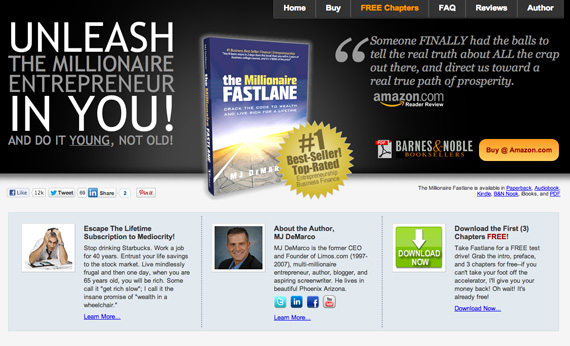
Now, that is how you build a platform for your audience. Buy his book, too. The second half is an inspiring read.
Note: If you are selling your product via Kindle, tell the reader so! The Kindle’s little ‘Click to look inside’ icon is an established visual cue that builds trust on the back of the Amazon brand.
3. Use pen names
From what we know about ‘return buyers’, it may seem counter-productive to use different pen names for your books. If a user likes one book and searches for more from the author, does it not make sense to have ALL of your work available to buy?
In my opinion, hell no.
I use various pen names for the different genres I write in.
If you are a non-fiction writer, readers expect you to be an authority in your field. So it makes sense that you would publish all of your neuroscience ebooks under one pen name, instead of blurring your perceived authority by also having chick lit, conspiracy theories and sci-fi available to download.
If you are going to cover multiple genres, you need to either:
a) Brand yourself like a Kardashian
b) Develop multiple pen names and brand them individually
Showcasing a diverse hodgepodge of amateur expertise under one name is not recommended.
4. Use social media but don’t be an arse about it
I’ve read a bunch of advice on how to use Twitter and Facebook to skyrocket your book sales. One of the worst tips I’ve seen is that you should schedule publicity tweets throughout the day in the hope that people will click through to buy your work.
This is stupid advice. Stupidly stupid.
It’s robotic, it’s soulless and it’s damn near ineffective for those of us without a million followers on Twitter.
Promoting your work on Twitter and Facebook can be very effective, but only if you take the time to embrace a two-way conversation. Posting link after link after link on auto-pilot is a primitive use of social media that should have expired 3 years ago, it’s akin to the boo boos of a content marketing moron.
Your audience does not want to be dictated to, especially with pleads of “Buy my new book! Buy my new book!” every 4 hours.
Social media: the clue is in the name.
By all means, tell the world about your new work. Just learn when to shut your cake hole.
5. Premium bitesize content is going to explode
One of the most exciting aspects of the Amazon platform – and the low pricing strategy – is that it opens the door for a new kind of ‘bitesize content’.
Think items like:
- Reports
- Whitepapers
- Niche ‘How To’ guides
- Short stories
These are formats that the publishing industry has typically shied away from. It doesn’t make sense to publish bitesize content on a grand scale in print form, but online distribution is a game changer.
Now that we can monetize small pieces of content at a low price to a very large audience, there is a whole new frontier of premium content just waiting to be explored.
The customers are willing to buy. Are you willing to create?
Final Thoughts
The current surge in ebook sales is not going to slow down anytime soon. This is a booming trend, and it is there for the taking.
By tapping in to the Amazon marketplace, you can leverage a huge audience that has scaling potential by the bucketload.
I’ve set myself a target of selling 200,000 ebooks this year. That’s a lot of sales, and there’s a long way to go, but I’m confident I’ll get there. I then hope to use the sales as a launch pad for a traditional book deal, which is a different beast altogether.
Are you looking to crack Amazon? Have you made it a part of your marketing strategy?
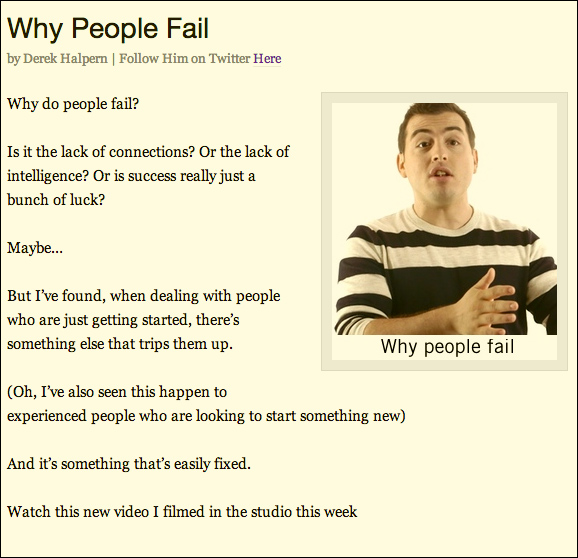
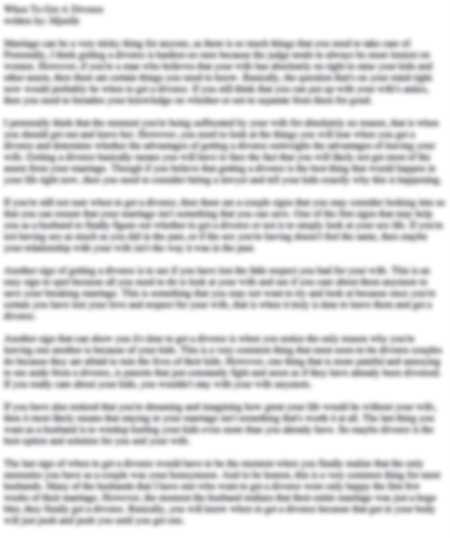




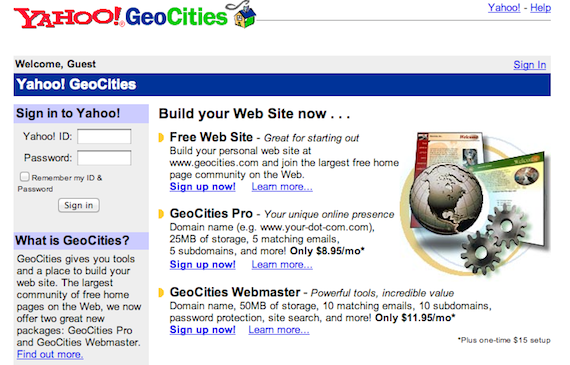
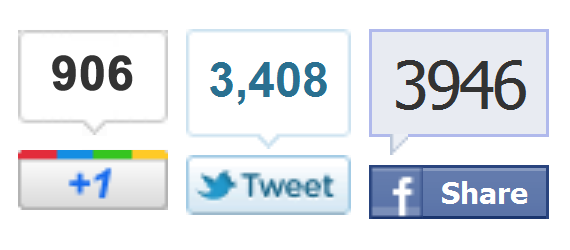
Nice write-up. Any examples of poorly chosen adverbs?